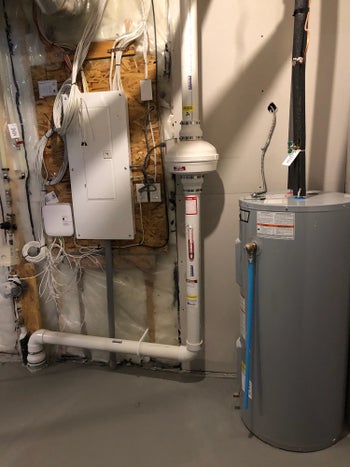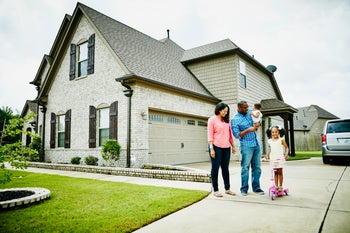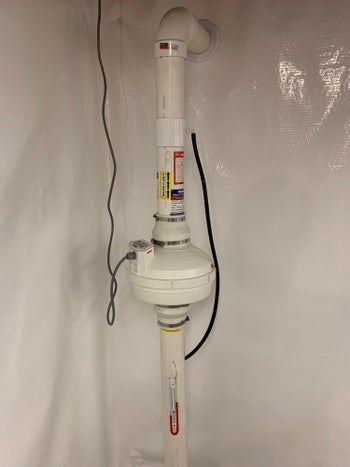Radon Levels in Canada: Why Southern Alberta is in the Red Zone
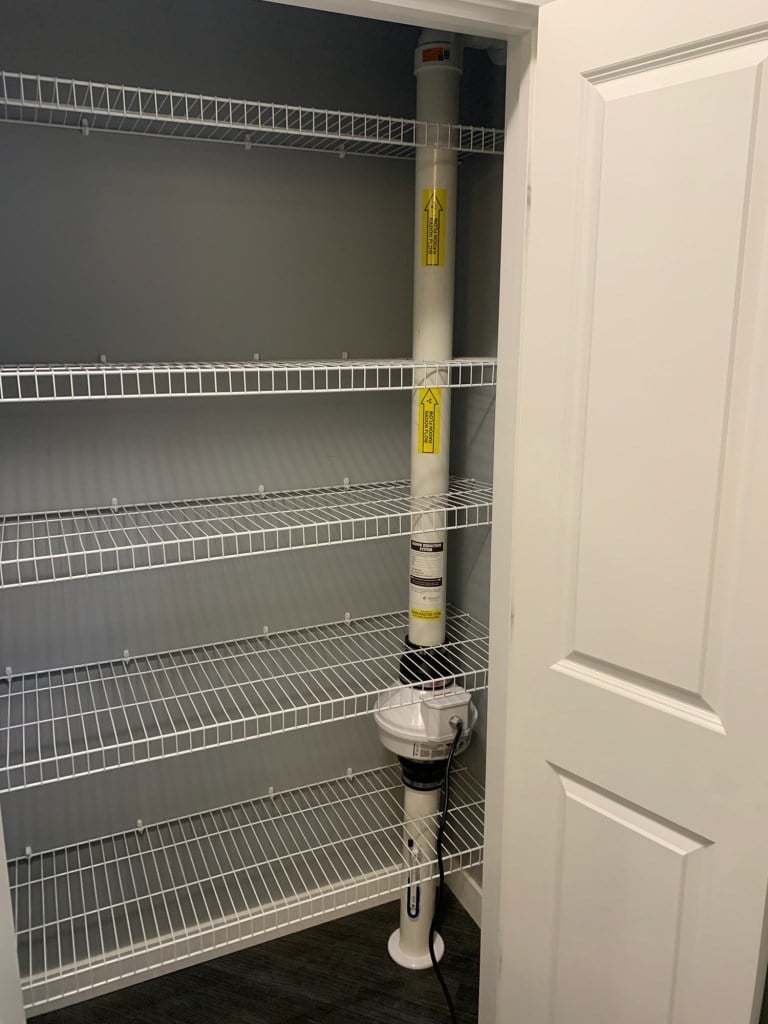
Radon gas levels are a significant concern in Canada. This colorless, odorless, radioactive gas occurs naturally from the breakdown of uranium in soil, rock, and water. When radon accumulates to high levels indoors, it poses severe health risks, including lung cancer. Understanding radon levels and maintaining safe radon levels bq/m3 (becquerels per cubic meter) is crucial for public health.
Southern Alberta and the greater Prairies is one of the largest hotspots for radon gas in the world. To make matters worse, homes in this area often have basements or crawl spaces where radon can seep through cracks in the foundation, accumulating to dangerous concentrations. In this article, we’ll explore the best ways to keep your southern Alberta home safe from radon.
The Issue with Radon Gas Levels in Southern Alberta
According to recent studies, many homes in Southern Alberta have radon levels exceeding the Canadian guideline of 200 Bq/m3. This benchmark is established to ensure safe radon levels bq/m3, minimizing health risks. However, a significant number of residences surpass this threshold, putting inhabitants at risk.
In rural communities, where municipal water supplies are scarce, many homes rely on well water. When a well is dug to provide groundwater access for a home, the drilling allows radon gas to escape from underground and reach the surface. With that in mind, it’s easy to see why homes in southern Alberta report average radon levels over 30% higher than their urban counterparts.
Is Radon Gas Exposure Serious?
Exposure to elevated radon gas levels is the second leading cause of lung cancer after smoking. The radioactive particles from radon can damage lung tissue when inhaled, increasing the risk of cancer over time. The risk is particularly high for smokers, as the combination of smoking and high radon levels can exponentially increase the likelihood of developing lung cancer.
To ensure safe radon levels bq/m3, homeowners in Southern Alberta should test their homes for radon. Radon testing kits are available and easy to use, providing a reliable measurement of indoor radon concentrations. Long-term testing, over a period of at least three months, is recommended for accurate results. If radon levels exceed 200 Bq/m3, mitigation measures are necessary.
Mitigating Radon Levels in Your Home
Radon mitigation is best left to professionals. If you suspect severe radon levels in your home, professional mitigation services are the answer. The experts can help with the following radon solutions:
Air Flow Redirection
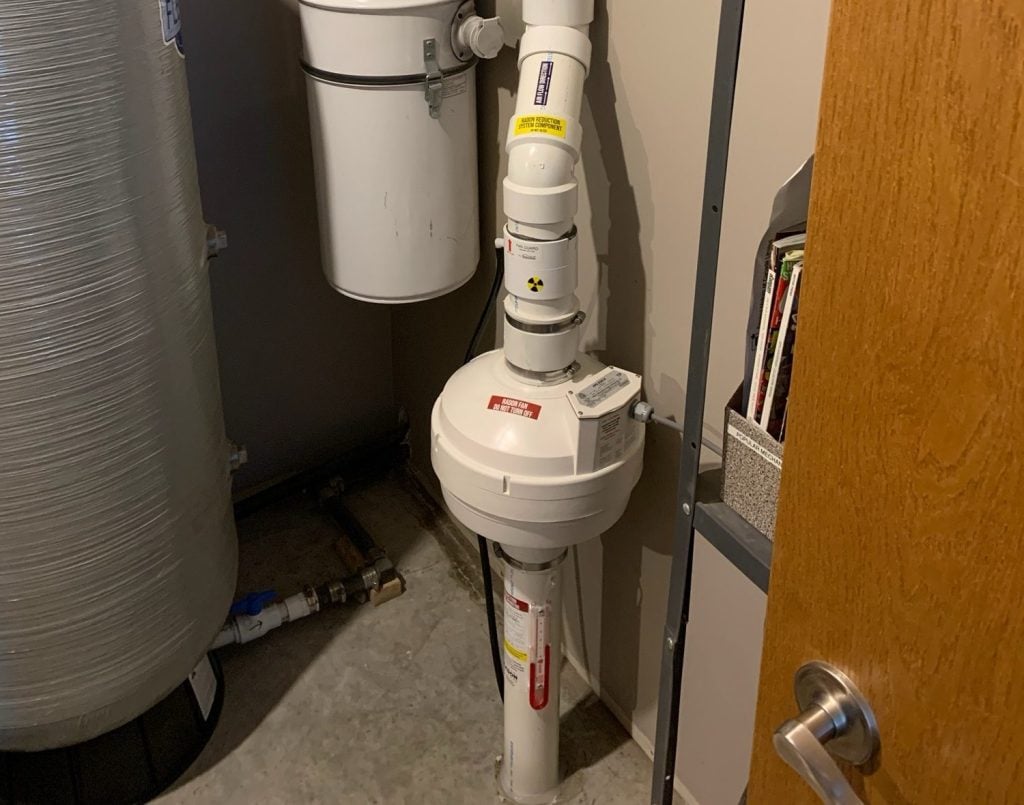
Air from below your foundation rises, which can permeate the space with dangerous radon gas. This is called the stack effect. Depressurizing the soil to redirect that airflow prevents radon from seeping through the foundation into the home.
Improved Ventilation
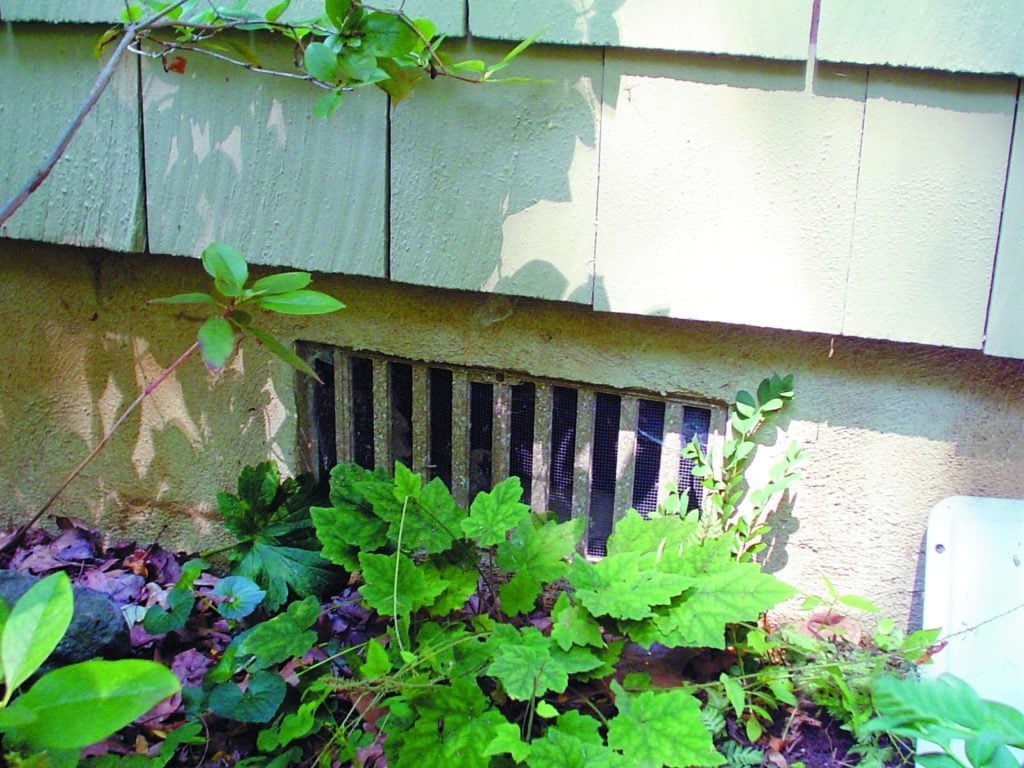
Improving ventilation in a home can significantly reduce radon levels by diluting the concentration of radon gas with fresh air. Increased airflow can be achieved with ventilation pipes, which cycles out indoor air and replaces it with radon-free outdoor air.
Sealing Gaps
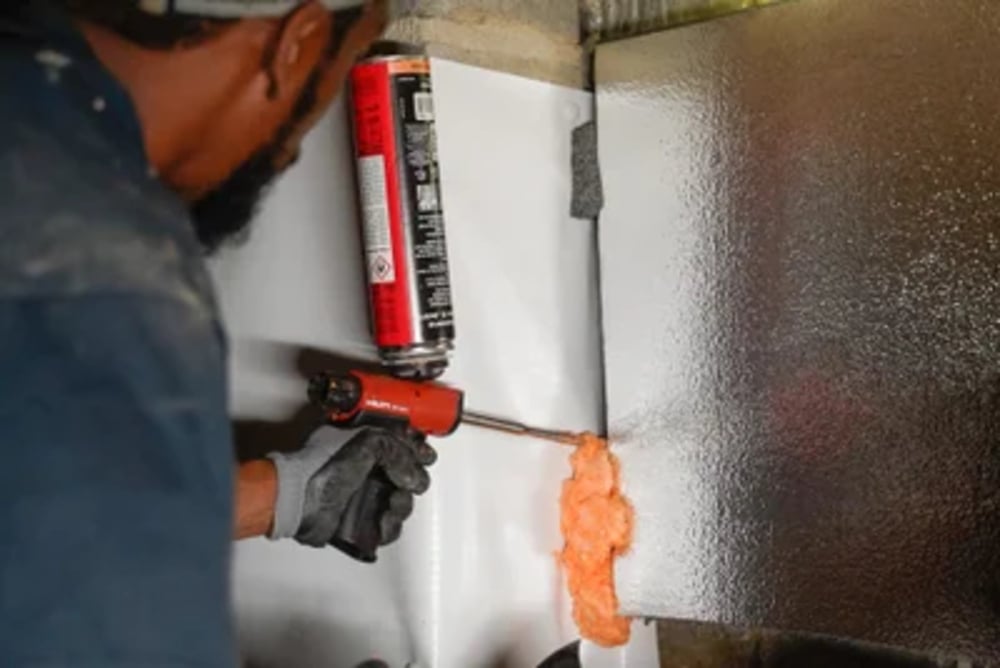
Radon gas typically infiltrates through openings in the foundation, such as cracks, construction joints, and gaps around service pipes. By applying sealants to these potential entry points, the pathways for radon to enter the living spaces are blocked, thereby reducing the influx of radon gas.
Trust Groundworks for Expert Radon Mitigation
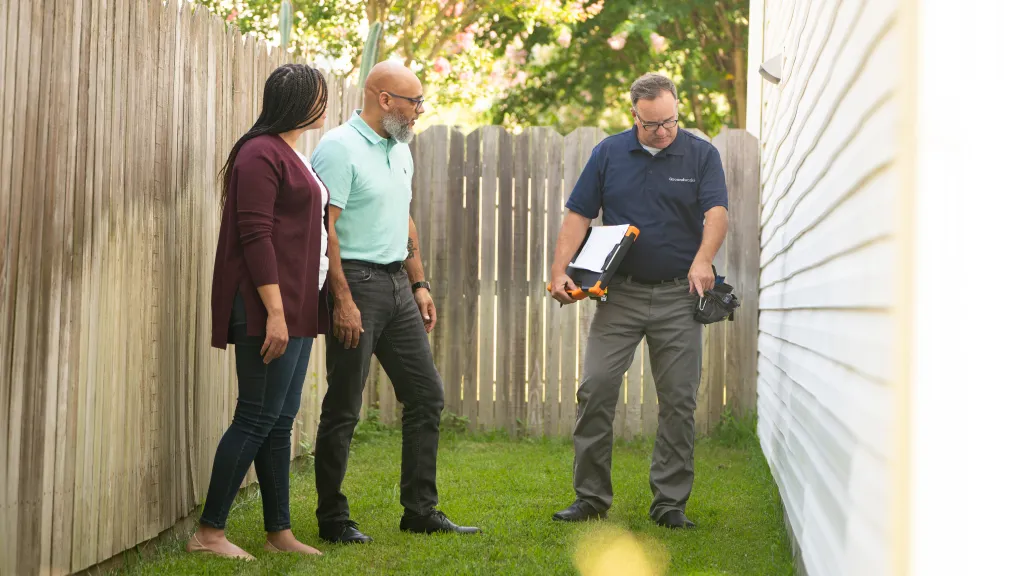
Radon gas levels pose a significant health risk, particularly in high-risk areas like Southern Alberta. Understanding and maintaining safe radon levels bq/m3 is essential to prevent lung cancer and protect public health. When you’re experiencing severe radon infiltration, the experts at Groundworks are here to help. Contact our team today for reliable radon mitigation services.
Radon Mitigation FAQs
It’s recommended to have a professional install the system to ensure it meets EPA guidelines and is effective in reducing radon levels.
Properly designed and installed radon mitigation systems can reduce radon levels by up to 99%.
The EPA recommends taking action to mitigate radon in homes with radon levels at or above 4 picocuries per liter (pCi/L) of air.
